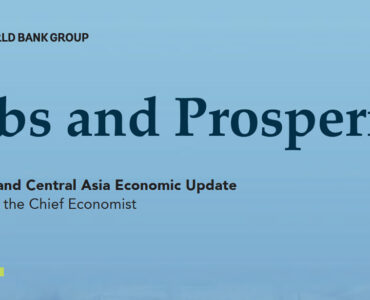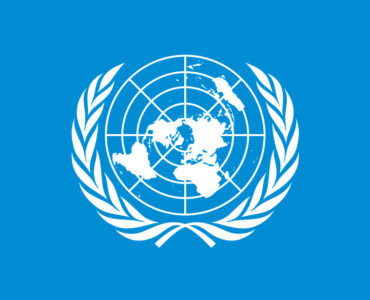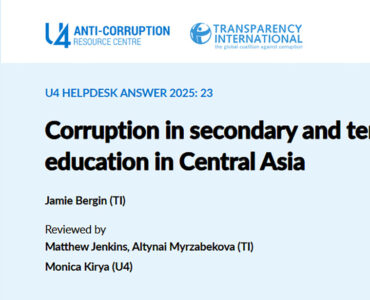Cabar Asia’s article How do invisible people live in Central Asia highlights the fate of thousands of people who lack basic rights including to healthcare, education, employment and even marriage just because they do not hold a citizenship of a country where they live.
Stateless persons are persons who are not considered citizens by any state by virtue of its law. According to UNHCR as of 2023 there are 37,257 people in Central Asia who are stateless. Most of these people are former citizens of the USSR who lost their citizenship as a result of the collapse of the Soviet Union. In 2014, UNHCR launched a global campaign called #IBelong to end statelessness by 2024. Over the 10 years of the campaign, more than 190,000 people received citizenship in Central Asia.
Turkmenistan, like its neighbors, has made significant progress in detecting, reducing and preventing statelessness and has resolved 11,558 cases. Below is the chronology of reducing and preventing statelessness in Turkmenistan:
Donate to support Turkmen analysts, researchers and writers to produce factual, constructive and progressive content in their efforts to educate the public of Turkmenistan.
SUPPORT OUR WORK- 2005-2015: granted citizenship to 21,000 refugees and stateless persons and acceded to two Statelessness Conventions.
- 2019: committed to intensifying efforts to eradicate statelessness by 2024.
- 2020: adopted a new law “On Civil Status Acts” to ensure registration of all children born in the country, regardless of the legal status of their parents.
- 2021: granted citizenship to 2,657 stateless persons.
- 2022: granted citizenship to 1,530 stateless persons.
There are still 3,351 people without citizenship in Turkmenistan. If the government shows a political will, it can effectively eradicate statelessness through the adoption of legislative, administrative and other appropriate measures. Kyrgyzstan is a good example as it introduced guarantees against statelessness upon renunciation of citizenship in 2023 among other measures.






